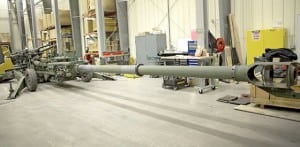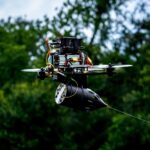
Faced with modernized capabilities from potential adversaries, the Army has accelerated development efforts in its long-range fires and plans to demonstrate new capabilities in cannon and projectiles in fiscal year 2018 that are being developed to extend the range and accuracy of current long-range artillery platforms and munitions, a service official said on Monday.The Army has provided additional resources and help to accelerate these emerging capabilities by five years, Col. Rich Hornstein, the military deputy at the Army’s Armament Research,…

 By
By 











